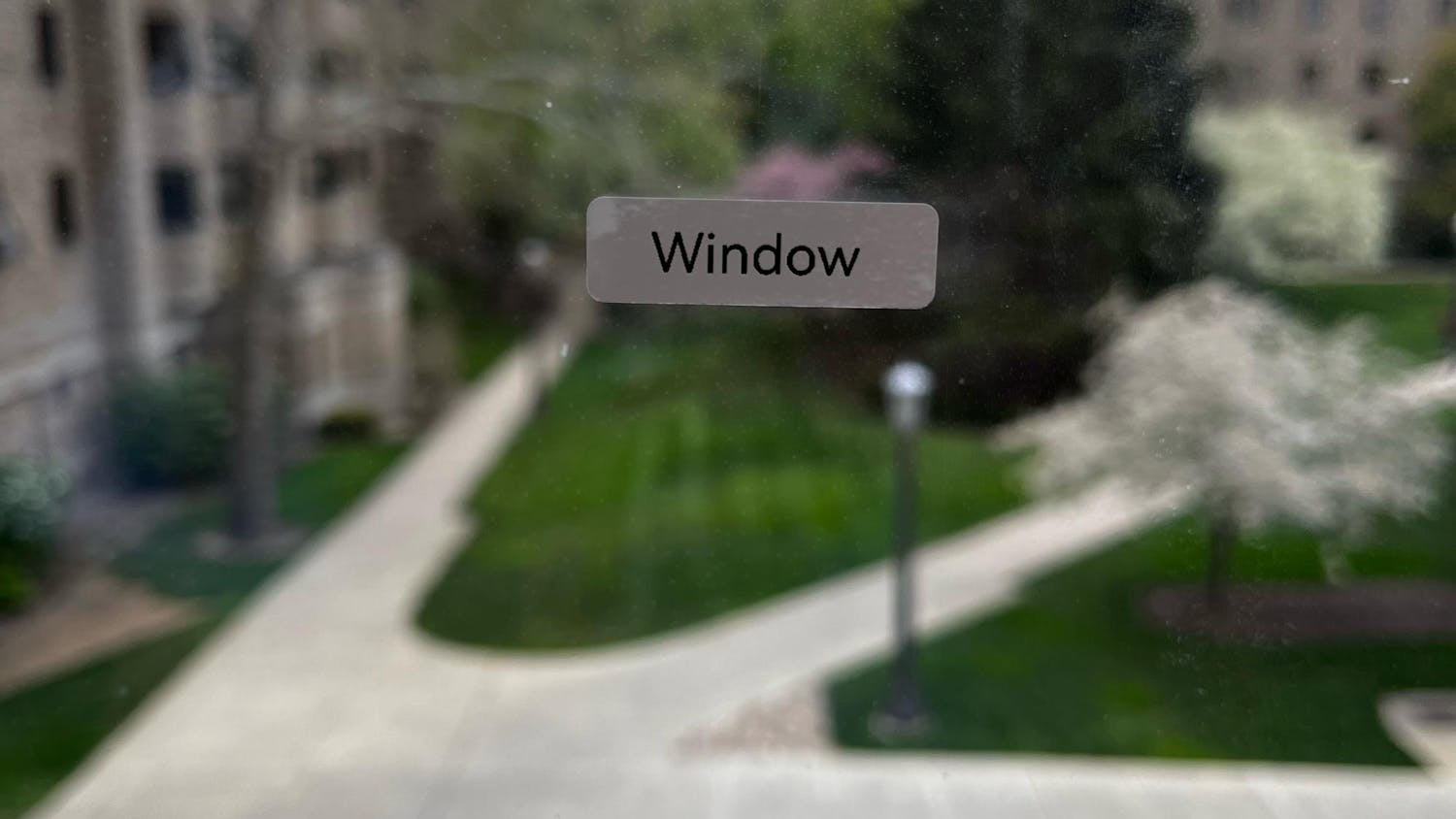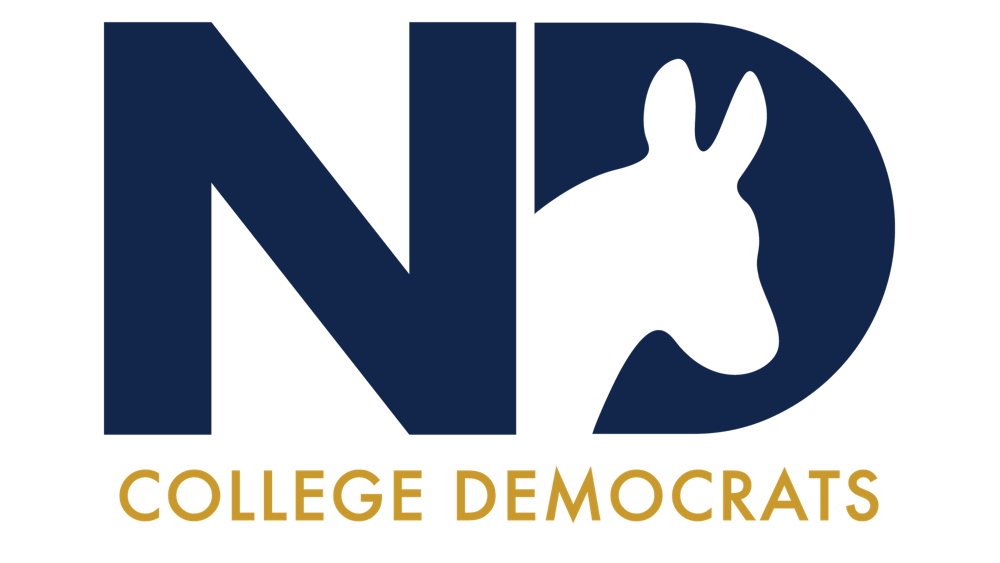Toward the end of January 2012, a web service designed after the bulletin board exploded after spending two years in relative obscurity. By February, every major news outlet was talking about Pinterest and its meteoric rise to success.
Pinterest and the act of "pinning" isn't anything more than a glorified method of bookmarking content from the Internet and assigning it to specific categories. The "Pin It" button is at the heart of the entire service. Selecting the "Pin It" button on a web page allows you to sort through the images from the page you're linking from, select your favorite one and drop it into a clean and aesthetically controlled board. The result is collections of images grouped together in loose themes: cats, couples holding hands, high-art cupcakes, ideal wedding dresses, French press cozies (a personal favorite), etc. Oh, and did I fail to mention that 97 percent of Pinterest's users are women?

On Pinterest, none of the content produced is original. Users simply pull from disparate parts of the web and organize them in one place. Each item can subsequently be "repinned," which is similar to reblogging on Tumblr or retweeting on Twitter. The action gives the item contagious transmission and acts as a metric for proving just how popular something is. At the time of writing this, a photo of a hyper-attractive, paint-covered couple kissing with a caption reading, "Have a paint fight," is dominating the popular page on Pinterest. Originally pinned to the board "Bucket List," it has been repined over 700 times in under an hour — a perfect indication of what the users of Pinterest want.
The inherent power of Pinterest is that it focuses on images, but that has also become its biggest problem. On other social media sites, there is an assumption that the vast majority of the content posted will be of the user's own creation — you compose your tweets, write your own love letters on your Tumblr and upload your own photos to Facebook. Every once in a while, you might post something that isn't your own and therefore in copyright grey area, but for the most part it's yours. Pinterest has recently found itself in a sea of legal troubles surrounded by copyright because everything its users post is not their own. Currently, Pinterest complies with DMCA takedown procedure — meaning if a copyright owner sees their content on Pinterest, they can request it be removed. But, if Pinterest were to completely prohibit low-level copyright infringement, it would essentially have no business, no users and no way to make money. To appease content owners, Pinterest recently introduced a "nopin" add on for sites, which disables the "Pin It" button's features. Many sites that deal in copyright-protected content have enabled the "nopin" feature as fast as possible. Popular image sharing site Flickr is among them.
The statistics behind recent user engagement with Pinterest are absolutely insane. January attracted over 10 million users, 97 percent of whom are female, who spend over 100 minutes on the site per month. Pinterest has become a new habitual addiction as its base of users has found an outlet for their taste-making tendencies. It also appeals to the imaginative sense in us all. Just like the aforementioned ideal, paint-bedazzled kiss between attractive people, Pinterest's boards are filled with the "what if" end games that populate so many dreams. "What if I owned this wedding dress," "what if I could bake this cake," "what if my legs were that lean" and "what if I owned that impossibly cute puppy," are among the dream scenes projected by Pinterest. With all these dream-inspired people spending hours on the website, Pinterest is beginning to become clued into what they need to do next — offer people fulfillment of their dreams. Currently, Pinterest makes money by using a program called SkimLinks to cross-reference all the links on each board to affiliate programs with the websites and companies the pins link back to. Essentially, if you find and then buy something via Pinterest, they get a commission. The next logical step is to allow users to purchase — and fulfill — their dreams directly within Pinterest. A Pinterest competitor, Fancy, already offers this direct e-commerce service.
Pinterest may appear to be incredibly important or cutting-edge, but the real value lies in the fact that it has seized an entire demographic of people (women ages 15 to 40) and given them a place to spend time on the Internet. That's the reason it has drawn the interest of high-profile investors and most every media outlet. For a very long time, high-profile communities on the web have been oriented to men, or just barely able to split the demographic in half. This isn't to say Pinterest isn't for men (all three co-founders are male), but it seems the ladies have seized control and have no plans to leave.
Blake J. Graham is a freshman. He can be reached on Twitter @BlakeGraham or at bgraham2@nd.edu

The views expressed in this column are those of the author and not necessarily those of The Observer.












